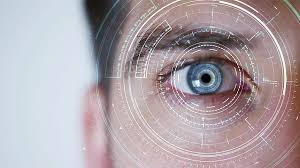You’ve probably heard of the term “image processing technology,” but what do you know about this? This new technology uses a computer to analyze images. Traditionally, you’d have to consult an expert to determine which plant is diseased. But now, image processing technology can quickly identify diseased plants by simply analyzing the images. This process begins with preprocessing the digital media to improve the resolution and noise. Then, an image is segmented and compared to a database of similar images.
Image processing is an important component of computer vision. This technology uses algorithms to process images and identify useful data insights. It’s widely used in tools with artificial intelligence capabilities. It can improve image quality, identify text, and streamline tedious tasks. You’ll need image processing if you’re going to use images for anything more than displaying pictures. The benefits of image processing are numerous. Here are a few examples:
Digital cameras don’t have the same color pixels as film, but a computer can. When the computer analyzes a picture, it can recognize different colors, which allows it to use grayscaling technology to reduce the data contained in each pixel. The process also makes the image more readable and easy to navigate. Images are transformed into numbers through this process, which can then be used for analysis, analyzing, and making a variety of decisions.
There are various types of image processing technology. Analogue image processing is used to process hard copies and photographs. Using analogue methods, image analysts work on photographs and other images. They combine personal knowledge and collateral data to interpret the images. Ultimately, image processing is vital to many industries. This technology is gaining popularity across the globe, but it’s not confined to a particular industry. It’s also crucial to consider the different kinds of images that are generated by the technology.

